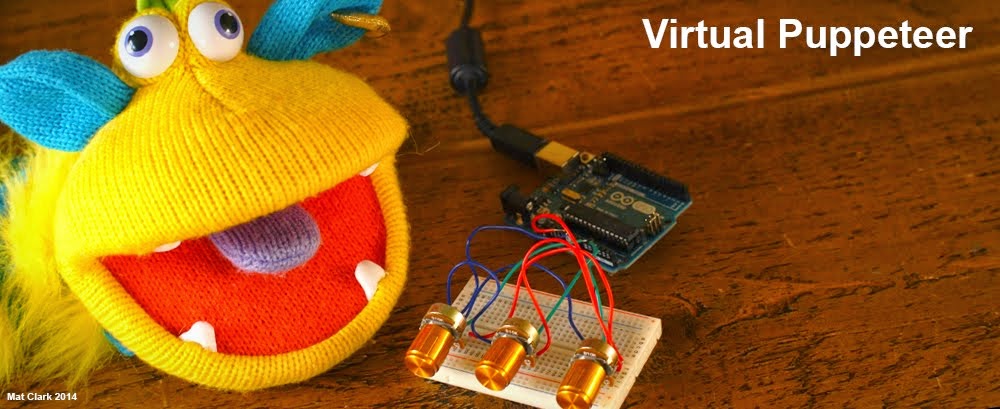With some consideration towards the type of motion that would be required to replicate a Muppet style puppet I decided that the best options at this stage were to investigate flex sensors and gyros.
A flex sensor is basically a variable resistor that is adjusted through a bending motion, ideal for use in glove type control applications.... check out the Nintendo Power Glove from 1989, a neat idea but perhaps a bit ahead of it's time it used flex sensors in the fingers.
Gyro's and accelerometers are found in pretty much all smart phones and tablets. These chips enable the device to orient the screen when it's rotated and are used in a lot of games that rely on motion to control the action rather than a traditional control system... take Doodlejump for example.
The following video demonstrates my application of functionality from these two devices through Arduino in a Maya environment.
Applying the data from the gyro and flex sensor was possible without too much adjustment to my original Maya python code. Both of the sensors are great but, despite being calibrated, the gyro can get a bit lost if it's moved about to much which requires the device to be reset on a regular basis.



No comments:
Post a Comment